If you believe skeleton watches simply keep the time, then think again, as they are truly wearable pieces of art blending the mechanical with artistic expression. While some conventional editions may hide the inner workings, skeleton watches beautifully display the intricacies involved in a timepiece from the springs and rotors to the architecture of the gears. Each movement, which can be seen through a transparent case back, embodies precision engineering and expert craftsmanship. Collectors are always looking for the next big thing in horology; skeleton watches are an impressive balance of technical and aesthetic achievement. They are not only visually magnificent, but the skill involved in constructing them proves why skeleton displays take center stage and currently serve as the ultimate form of wearable art.
The mechanical and artistic power of skeleton watches

Skeleton watches take timekeeping to the next level through kinetic sculpture, removing the unnecessary layers to reveal the beauty that lies at the heart of horology. These timepieces boast technical mastery and prove how easily the two can coexist with seamless execution.
The ascension of openworked masterpieces
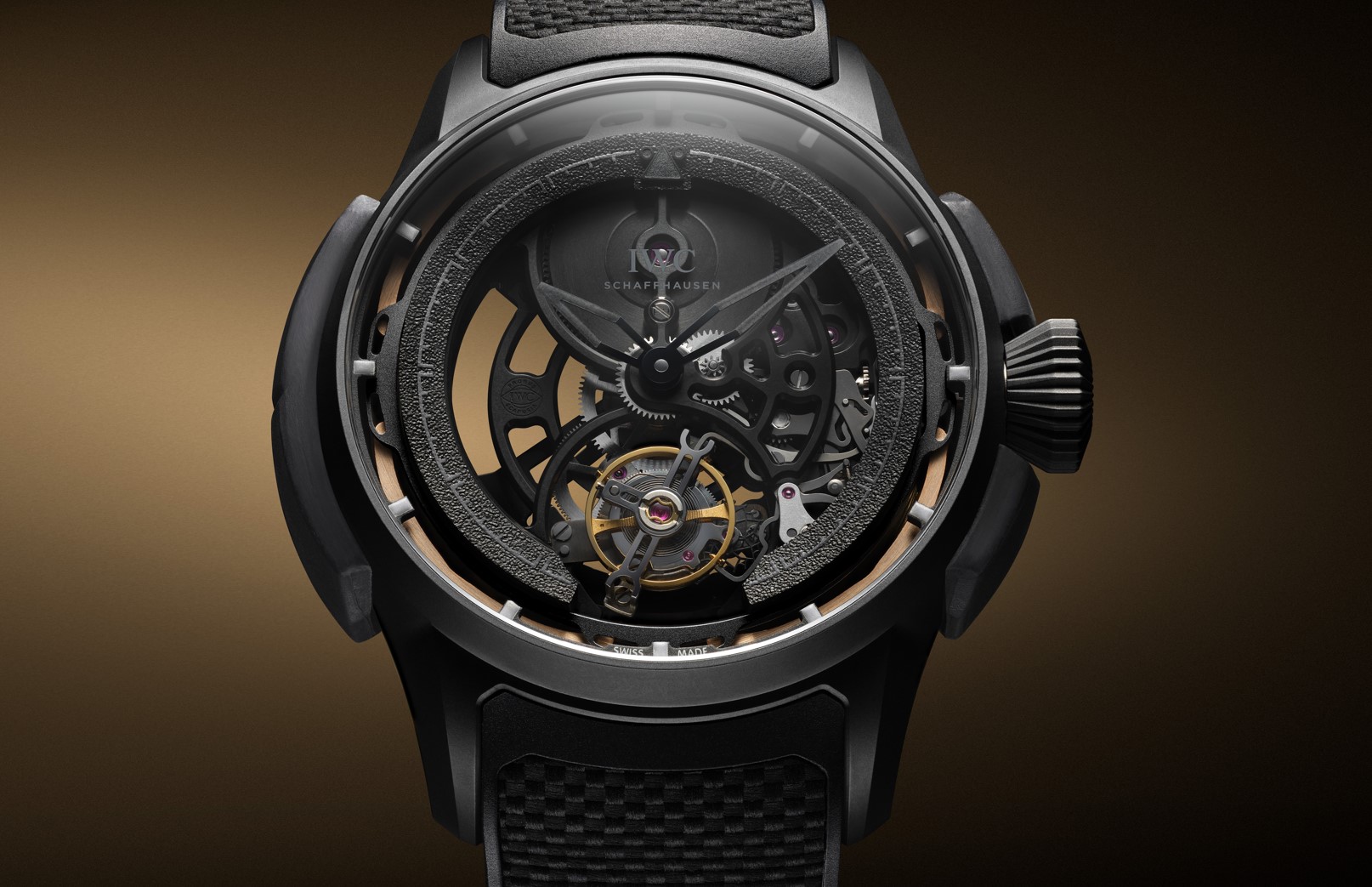
Skeletonization has evolved considerably since the 18th century, and today’s ultra-modern iterations are regarded by many as an entirely new level of artistic achievement. Fittingly, collectors today have made skeletonized watches an in-demand item, and more brands are creating watches that show off the intricacies of fine-tuned details of a watch instead of concealment.
Audemars Piguet’s evolution
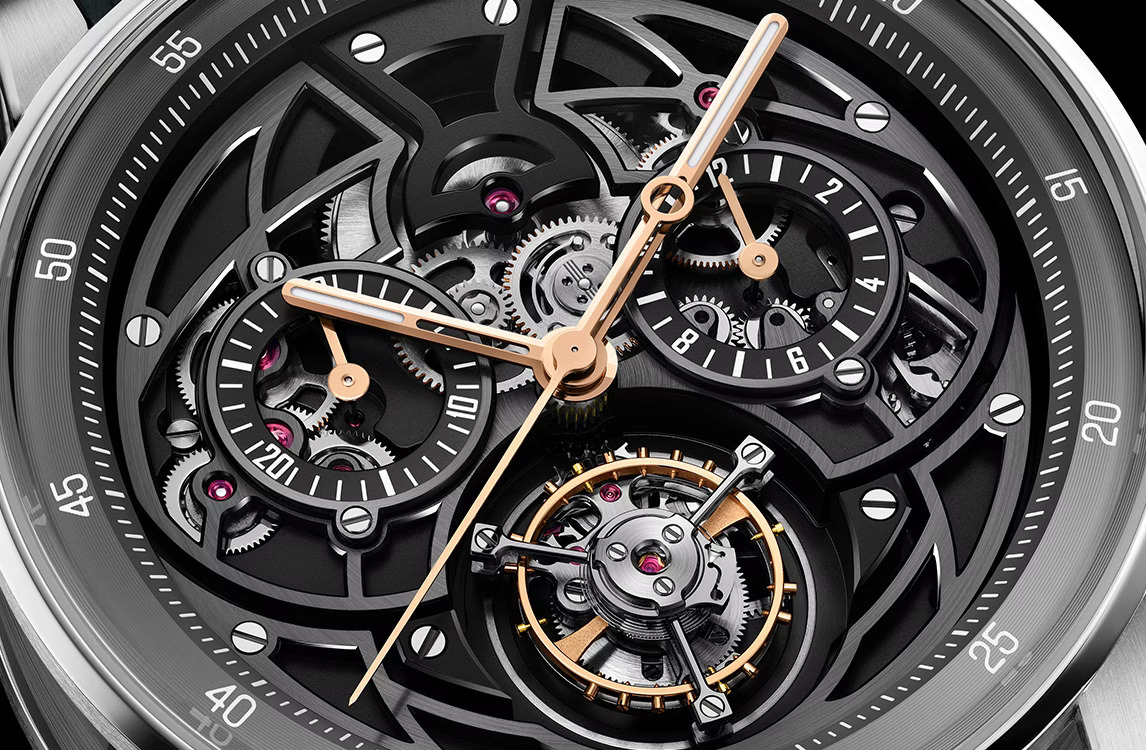
Audemars Piguet is a Swiss powerhouse at the forefront of progressive design Their skeleton evolution can be seen in their Code 11.59 that comes with Genevan finishing combined with avant-garde design. With these openworked movements easily visible, the wearer can see the hand-bevelled bridges that reflect the light in a brilliant display of elegance.
The opulent movements of Richard Mille
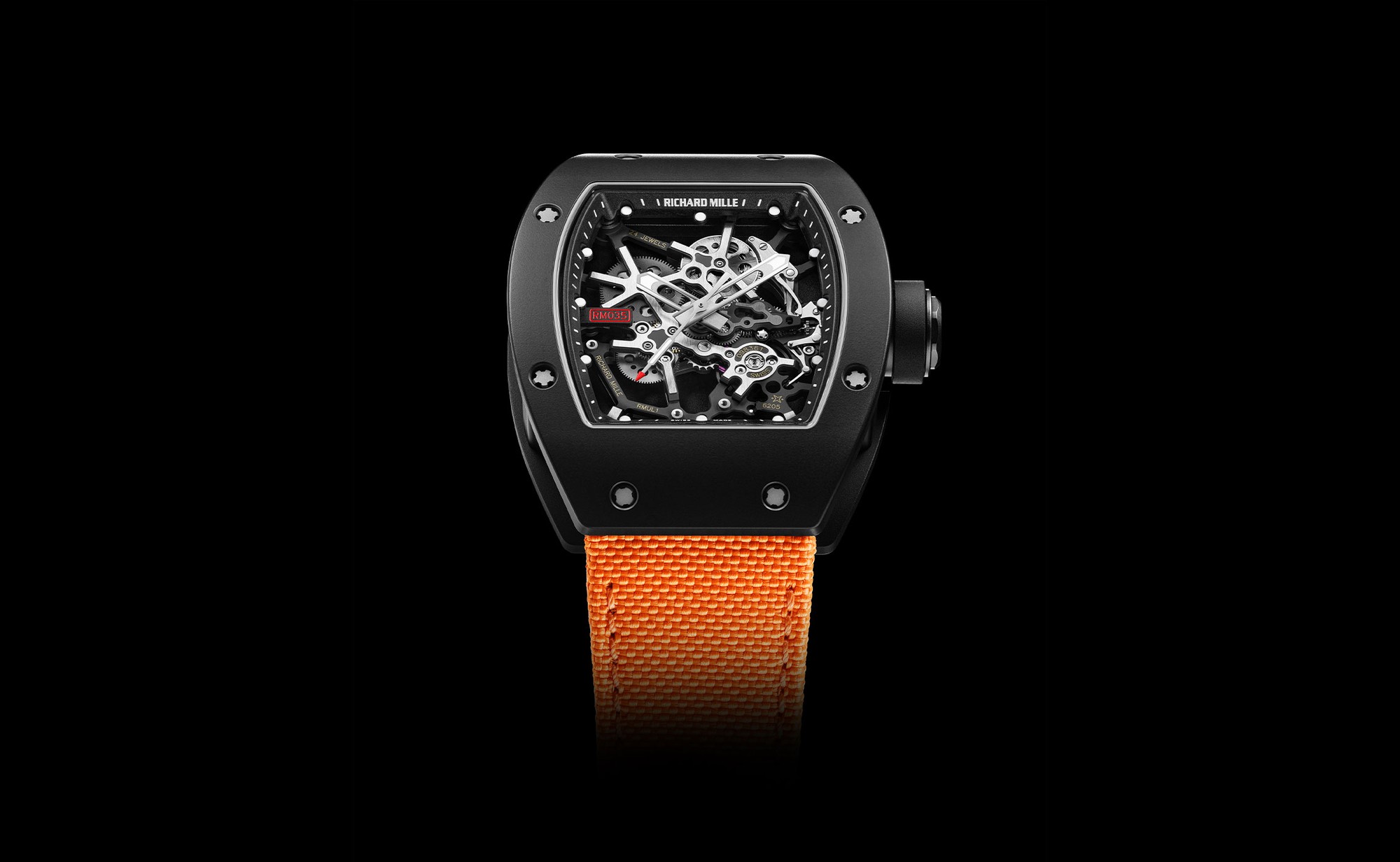
Richard Mille’s signature RM 035 Nadal watch is not only gorgeous, but it is highly durable, proof that skeletonization can go beyond mere looks and reliably deliver when it comes to performance. Watch collectors understand this combination that doesn’t have to compromise from any angle — a bonus that has resulted in more watch brands producing timepieces that bring the best of both worlds to consumers.
Jaeger-LeCoultre’s guilloché game
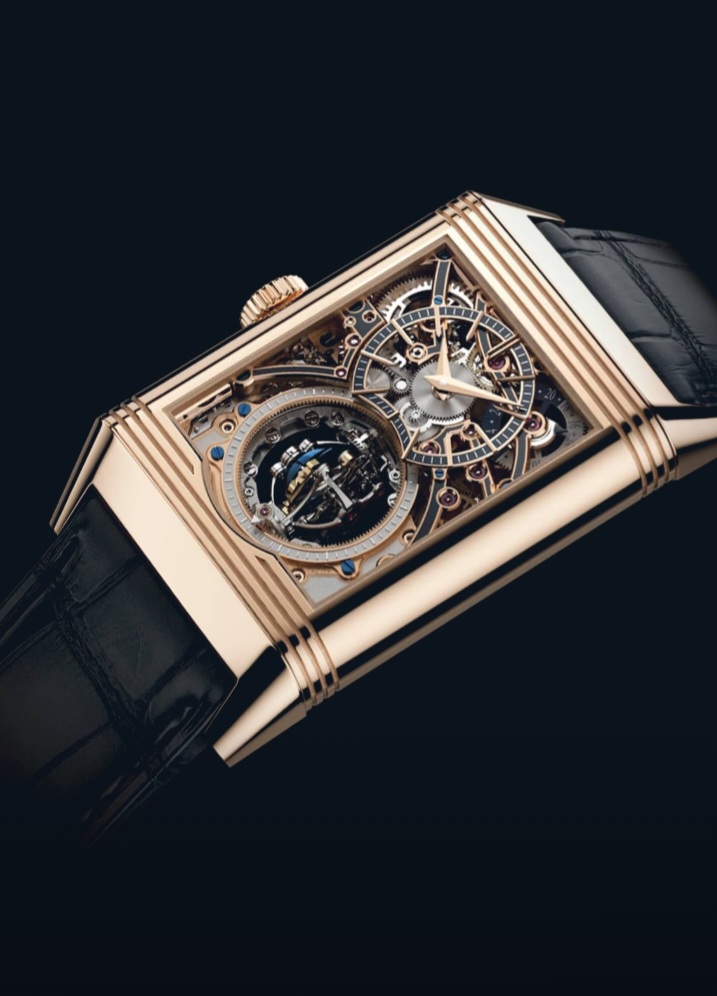
Jaeger-LeCoultre takes their aesthetics seriously, with their handcrafted guilloché dials considered the pinnacle of decorative arts. Their Master Grande Tradition Gyrotourbillon represents exceptional micromechanics, further proving that skeletonization goes beyond merely removing metal from the equation. True watch mastery involves enhancing what’s left behind and presenting it in a dazzling way.
Micro-painting in dial art
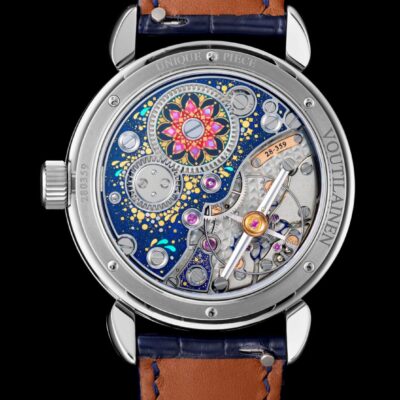
Finnish-born, Swiss-based brand Voutilainen is one of the leading watchmakers with microscopic enamel and their skeletonized timepieces bring dramatic color to the mechanical canvas. Due to their fine detail and history, their watches can command upwards of six figures by collectors.
Skeleton watches serve as statement pieces
Skeletonized timepieces have gone beyond being a niche component of the industry and come into their own as smartwatches become more popular. By displaying the intricacy and precision involved in crafting complex editions, skeletonized watches continue to earn the respect of consumers and will only improve with each successive release as major brands strive for horological perfection.




